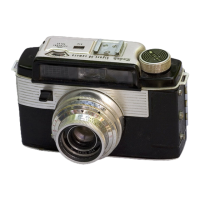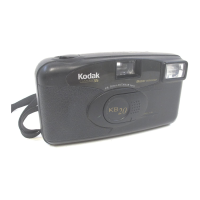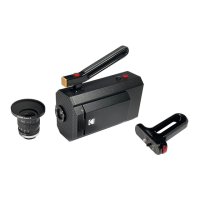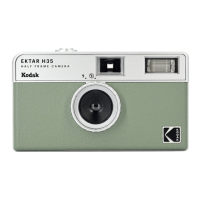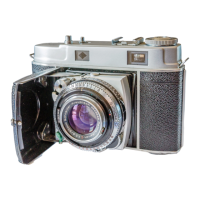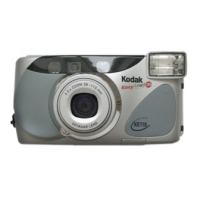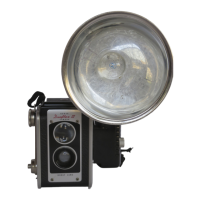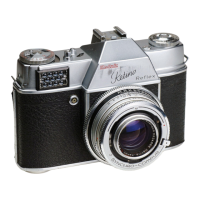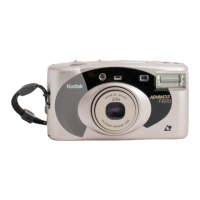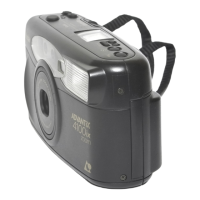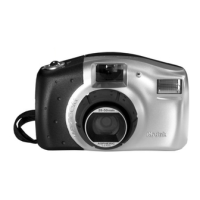Where
two
or
more lamps are given in these tables,
it
is understood
that
the
lamps
should
be placed so
that
the
light
from all
of
the
reflectors
is
directed on
the
same area.
ARRANGEMENT
OF
LIGHTS
Pleasing results can be obtained by using
the
lamps, indicated in
the
tables on pages 77, and 79, on
but
one side
of
and
somewhat
higher
than
the
subject.
When
the
lights
are close
to
the
camera axis a
"flat"
picture results;
mo
v
ing
the
lights
farther
to
one side
of
-
the
axis in-
creases
the
contrast
but
leav
es
heavy
shadows
on
the
other
side
of
the
subject.
To
illum
i
nate
these shadows a
white
reflector
or
auxiliary
lamp
must be used.
This
lamp
should
be placed near
the
camera axis
and
at
camera
height
. By
mo
v
ing
it
toward
and
away
from
the
subject
the
most pleasing
amount
of
shadow
illumination
can be easily ob-
served.
Considerable life a
nd
sparkle can be
put
into
the pictures
by
back-
lighting
the
subject.
This
will
give a pleasing result
with
a
"flat
"
lighted
subject,
with
the
main
lights
near
the
camera axis. Since
the
light
used for
backlighting
must
be intense, one Photoflood in a
Kodaflector close
to
the
subject is suitable.
It
should
be placed above
and
slightl
y behind
the
subject.
To
prevent
light
from
striking
the
camera lens, place some object between
the
backlighting
lamp
and
the
camera.
Neither
the
lamp
used for
shadow
illumination
nor the one used for
backlighting
should
be included in
the
lamps specified in
the
tables.
Full instructions are included
wi
th ea
ch
Kodaflector.
78
\
.<

